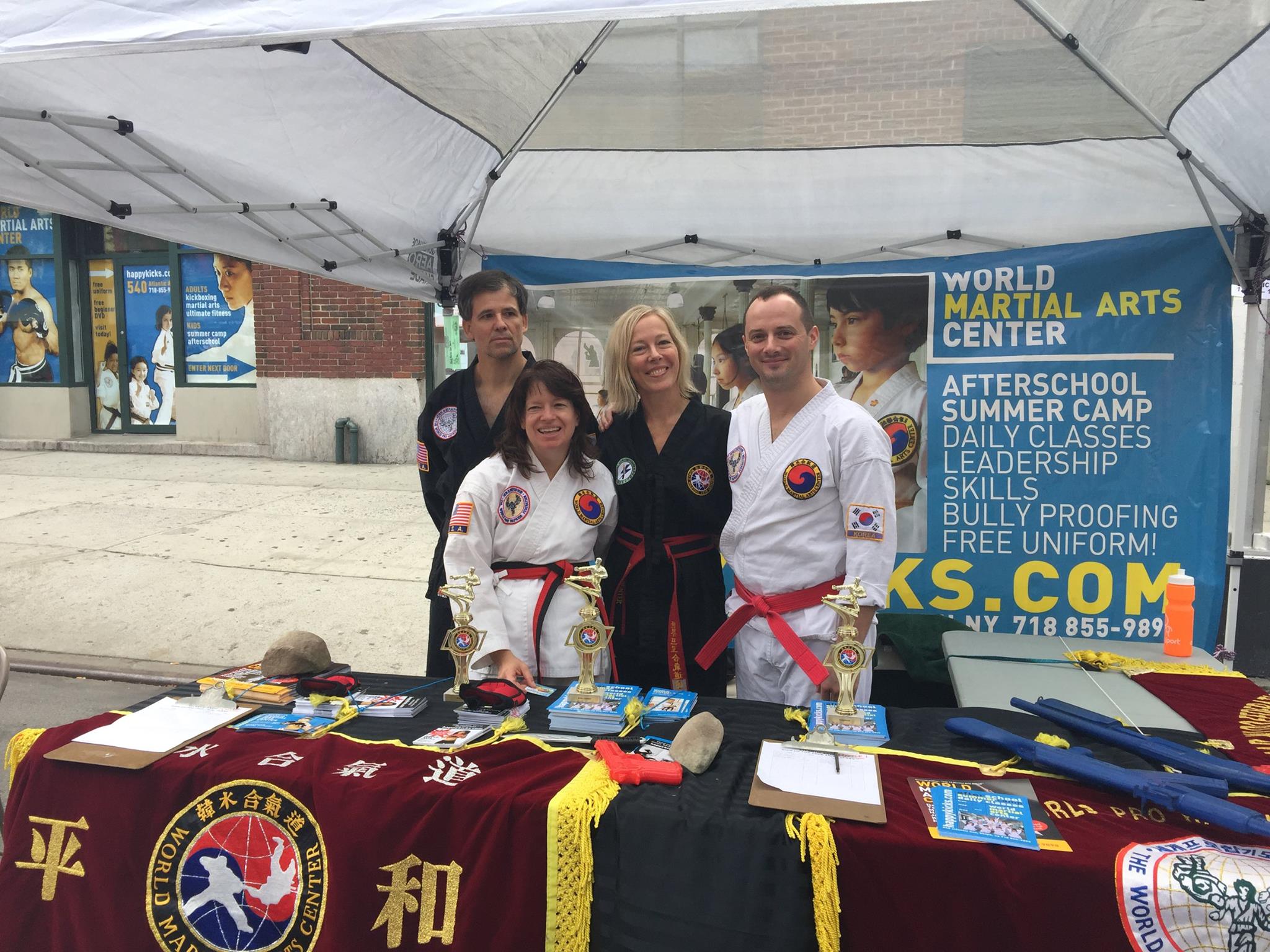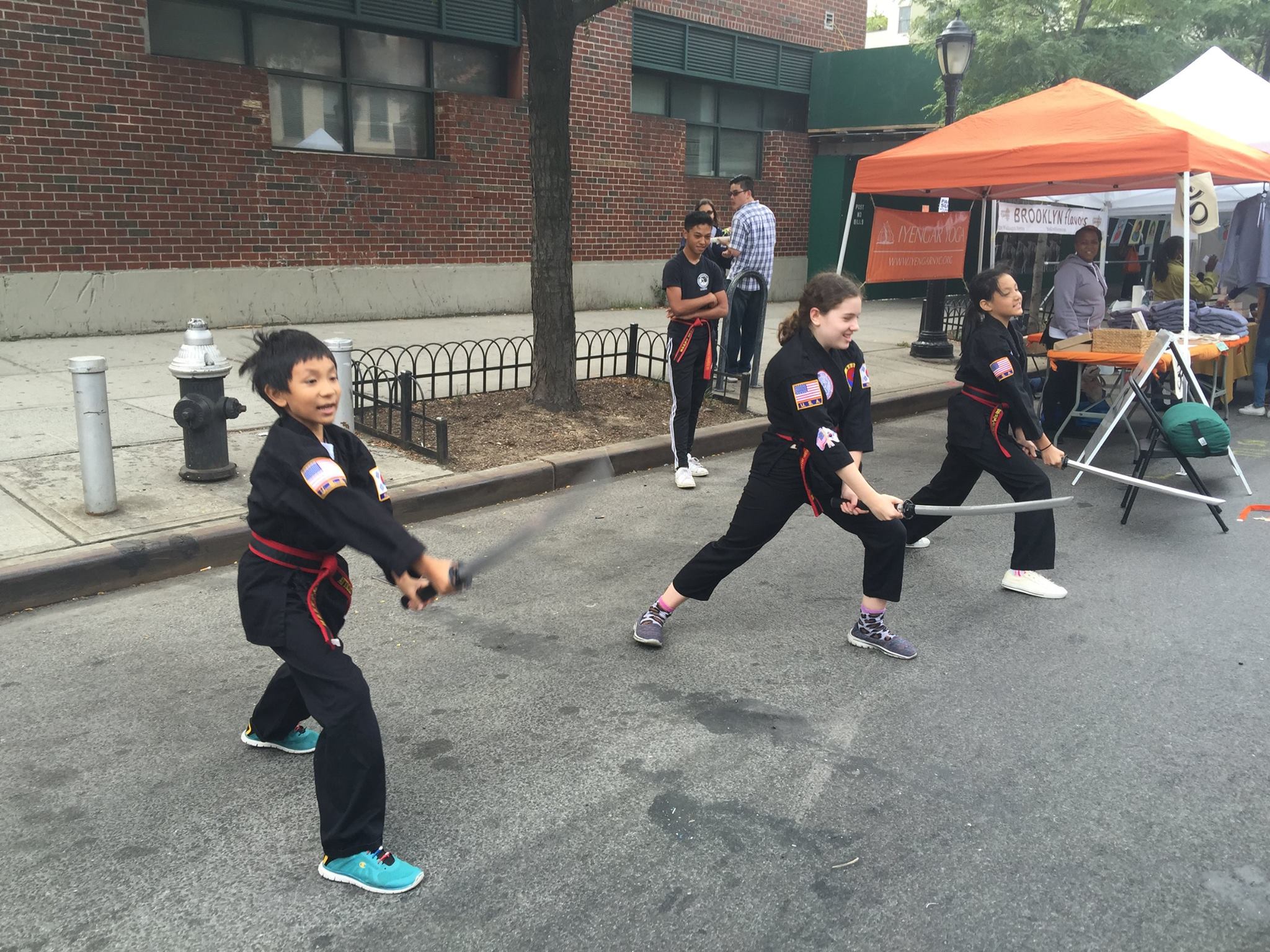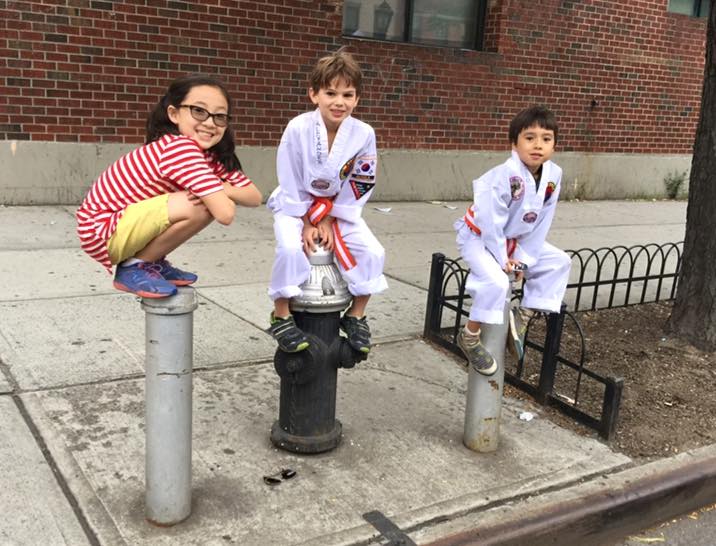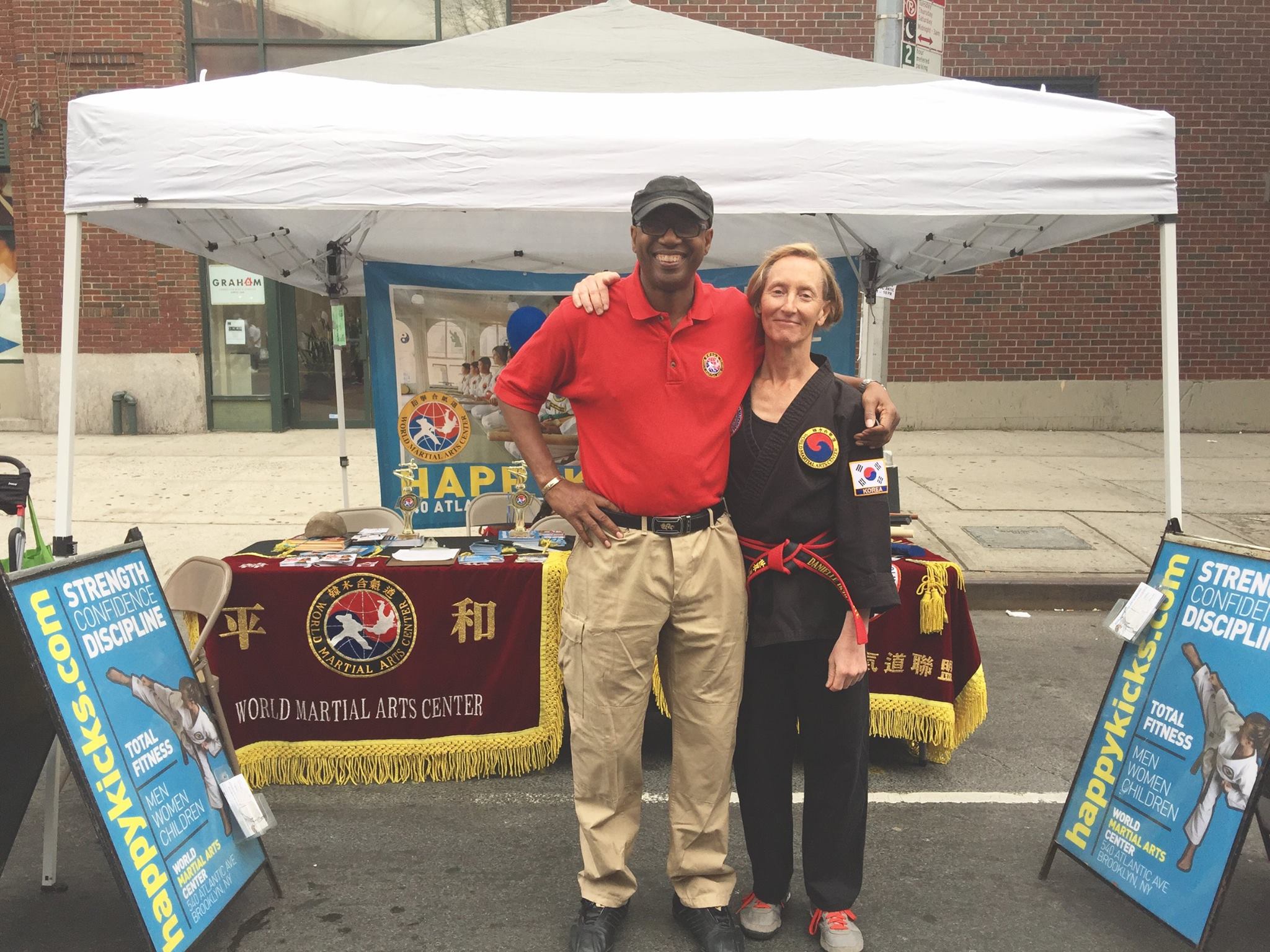There was a hint of disappointment in Chungsanim Dominick's voice, which surprised me because I think of her as someone who could bat away a disappointment as easily as she'd deflect a left jab. It was after class. We were talking about students we hadn't seen in a long time. The unspoken thought was: many good students leave our school, seemingly without a backward glance. Disappointment hung in the air like a haze for a few moments, then it was gone. But not entirely gone... For it left me with a question: What do we really owe our teacher?
I have an answer—at least my version of an answer. But before getting into it, I want to take a slight detour. Did you know that Chungsanim recently published a terrific book about Jujitsu? It is titled, The Compendium of Kumite Ryu Jujitsu The Student Handbook for the School of Survival. I have found the book very inspirational. It truly reflects the best of martial arts.
Back to my main thread... If you're talking strictly martial arts, the standard answer about what we owe our teacher is respect and duty. Respect is simply an acknowledgment of a person's rank and accomplishments, hence we should always bow properly to our teacher, bring a good attitude to the mat, and listen attentively in class. Duty is our obligation to repay in kind all the encouragement, direction, and training we receive as students. Helping to keep the dojang running smoothly is a great place to start. We should show up on cleaning day, and help out on similar occasions. By doing our part, we can ensure that the dojang is a serene and inviting place—the kind of place where our teacher will feel appreciated.
Respect and duty are important, but they are not the whole story. I believe that what we owe our teacher runs deeper and wider than these two precepts. Perhaps I've been influenced by all the martial arts movies I've seen over the years. Granted, such movies are mainly fiction, but they seem to reflect the spirit and traditions of martial arts. And, to the extent that they do, they are worth looking at for the light they might shed on our question.
One of the common threads in martial arts movies is how a teacher always puts a new student through an ordeal before any serious training begins. In The Karate Kid, for instance, Mr. Miyagi has young Daniel wax cars in the hot sun for about a week before showing him the outside block. And in Kill Bill 2, when Beatrix (Uma Thurman) goes to Pai Mei's mountain camp to study, he lets her know from the outset that he's not running a spa for martial artists. He thrashes her, then puts her to work running buckets of water up and down the mountain, pounding a tree trunk bare-fisted, and other wearisome tasks. As the days go by, she becomes more and more ragged, until she finds that she can't get her fingers around a pair of chopsticks to eat. She grabs for the rice with her hand, but Pai Mei angrily raps her on the knuckles, making it clear that it's either use the chopsticks, or starve. Slowly, grimly she picks up the chopsticks and manages a bite. The flicker of a smile passes over old Pai Mei's face. You realize that she's passed the test. The purpose of these ordeals, as I understand it, is for the student to show that he or she is worthy of being taught.
We have ordeals in the real world too, buy we would more likely call them challenges. One of the early challenges we face as martial artists is to continue coming to the dojang after the euphoria of the first few classes has worn off. And we face numerous challenges along the way: learning new forms and techniques, conditioning ourselves, overcoming injuries, to name a few. We owe it to ourselves—and I think to our teacher too—to face each challenge with the best that we have in us, for that is the true spirit of marital arts.
Another thing I find interesting about the movies is how the student adopts the attitudes and beliefs of the teacher as training progresses. In The Karate Kid, for example, Daniel begins to develop the serene confidence and openness of Mr. Miyagi. And in Kill Bill 2, there's a wonderful scene, shown in silhouette, where Pai Mei and Beatrix are practicing forms together. You can see the joy they share of being in the moment.
In the real world, we students also absorb the attitudes and beliefs of our teacher. Indeed, if we didn't, our learning would be mere technique, without passion or understanding. The attitudes and beliefs that our teacher passes along to us, gives us a context for growing as martial artists, and also enriches our lives beyond martial arts.
Some people seem to miss the boat when it comes to what we really owe our teacher. It's easy to delude yourself into thinking that you are entitled to everything that comes your way, and that giving back is rarely necessary. But, besides being bad for your karma, this view of life will stunt your growth as a martial artist. Whatever you pick up easily will be dropped just as easily. In the long run you won't get very far.
So what are we conscientious students to do? I believe that we must periodically review how we relate to our teacher, and possibly make adjustments. I can't tell anybody what to do, as it's not my place, but I can offer a few thoughts on the subject. One of them is a quote from Imagawa Sadayo, a Japanese poet and military commander from the Fourteenth Century:
It is forbidden that one should, acting disrespectful of The Way of Heaven, attach little importance to duties of his master and be overly attentive to his own business.
I think we should not only help, but also revere our teacher. And there may come a time for us to leave the dojang and move on to another phase in our lives. If, and when that happens, we should stop and thank our teacher. Finally, I would say this:
If you are fortunate to have studied under Sabumnin, Chungsanim, or any of the senior instructors at WMAC, then wherever you go, they will stay with you, for they are the ones who taught you the ABC's of martial arts, and they are your link to the great masters that have come before us.

















